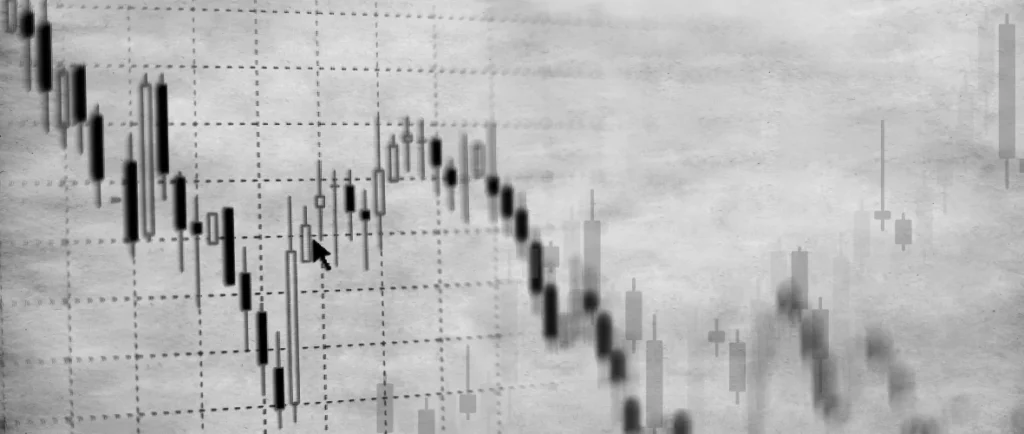Paper trading, also referred to as virtual or demo trading, involves making hypothetical trades without using real money. It allows new investors to test out their strategies, learn the ins and outs of making trades, and gain experience without facing financial risk. Paper trading is a crucial first step for anyone looking to transition into live trading with their capital.
This comprehensive guide will outline everything you need to know to set up a paper trading account and begin practicing. We’ll discuss how to fund a demo account, build a watchlist, select trade types, apply strategies, and use paper trading to test your skills over time. By the end, you’ll have a clear process for getting started with paper trading and feeling confident before moving to real money markets.
Funding Your Simulated Account
Paper trading accounts don’t require a deposit since no actual money changes hands. The amount in your account should provide sufficient buying power for most strategies without going “bust”. Your winning/losing percentages will still reflect accurately even with large notional funds available. Resist urges to overtrade taking on excessive risk beyond your skill level just because there are no real losses.
Screening For Currency Pairs To Track
With a virtual bankroll established, begin curating a watchlist of currency pairs to focus research and trades around. Indexes, commodities, stocks, and bonds can also be followed depending on your interests. Some watchlist-building ideas include:
- Major currency pairs like EUR/USD, USD/JPY, GBP/USD that see high liquidity and volatility
- Cross-currency pairs linked to economically important countries/regions
- Pairs involving commodity currencies like AUD, CAD, and NZD whose movement correlates to commodity prices
- Exotic pairs that may be trending or experiencing unique political/economic situations
- Pairs that affect companies relevant to your industry or home currency
A starting watchlist of 10-30 widely traded pairs provides diversification while allowing depth in understanding each currency’s fundamentals, technical patterns, and impact of news/data. Add more as you discover additional prospects meeting your evolving selection rationale over time.
Selecting Your Paper Trading Style

Day trading, swing trading, buy-and-hold—decide on your general strategy focus for paper trading purposes. Factors to consider include your schedule flexibility, risk tolerance, research abilities, and desired trading frequency.
Popular styles for beginners include swing trading based on technical analysis of chart patterns or exploring sector ETFs/ETNs for buy-and-hold learning. Testing out day trading also helps assess the market timing precision required. Start by focusing on one strategy/asset class to optimize your skillset before diversifying too widely.
Placing Your First Simulated Trade
With the watchlist prepared, it’s time to put your trade plans into action by making simulated buys/sells. When entering orders, be sure to indicate clearly that it is a paper trade by including “(paper)” in the order comments/description to separate it from live trades later.
At first, take small to moderate-sized positions using only a fraction of available funds. Track trades closely rather than walk away, noting what played out as expected and where refinements in analysis could help improve win rates. Also, monitor how trades would perform if held longer or exited earlier.
Always use simulated stop losses to prevent assuming too much risk. Overall, focus on the learning experience rather than obsessing over benchmark returns at this exploratory stage. Persist through the natural ups and downs of trading that come with experience over many practice market cycles.
Reviewing Performance Metrics
To refine your approach, regularly evaluate paper trading results. Your practice platform should provide reports on win rate percentages, average profits/losses, largest winners/losers, and drawdown amounts to gauge performance over time.
Take wins and losses equally seriously to learn what to repeat as well as improve. Also, analyze positions by trade type such as day trades versus swing trades. Compare metrics to market benchmarks like the S&P 500 to contextualize success.
Keep a paper trading journal to note thoughts and key takeaways from each trade that don’t fit into metrics. Use data and reflections to tweak watchlist selection criteria, timing signals, and position sizing to enhance results in your next series of simulated trades.
Advancing Your Education Through Trial and Error
Paper trading allows risks to be minimized while exposing weaknesses through experiences that simply reading cannot replicate. Expect numerous mistakes and losing trades at first—this is how familiarity with variables like volatility, news impacts, and behavioral traps develops.
Experiment with strategies like scaling in/out, day trading ETFs, swing trading options, and sectors to identify personal strengths. Track additional resources from successful traders online to incorporate tested methods as abilities progress.
Take breaks as well to prevent simulation bias, then review with fresh eyes. Mastering paper trading requires honesty in assessing flaws holding back true competency, which developing life helps achieve in due course with patience.
Transitioning to Real Money Markets
Once consistently achieving profits over a long period of dedicated simulated practice, the time comes to put skills to the live market test. Starting with a small amount like $500 that won’t disrupt finances if lost allows authentic stress exposure.
Expect further adjusting as live reactions influence decisions uniquely. It’s also common at this stage to return occasionally to paper trading to experiment with riskier ideas without risking capital. Professionals also practice hypothetical trades throughout their careers to stay sharp.
With well-honed abilities and ongoing education, disciplined traders can utilize markets successfully as a secondary income stream. But paper trading is the true first step in developing confidence for this pursuit with risk tightly controlled at every stage of the learning curve. Luck comes from preparation, so persist through practice for opportunities ahead.
Conclusion | Paper Trading
While initially daunting, paper trading presents a low-pressure way to develop trading competency from the convenience of your home. With an ongoing commitment to mimicking market realities through simulated practice and study, the skills blossom over time for capitalizing on opportunities when you feel truly ready. Patience and reflection serve paper traders well on their educational journey toward consistent profitability. Stay determined and the markets may one day become your trading edge.



